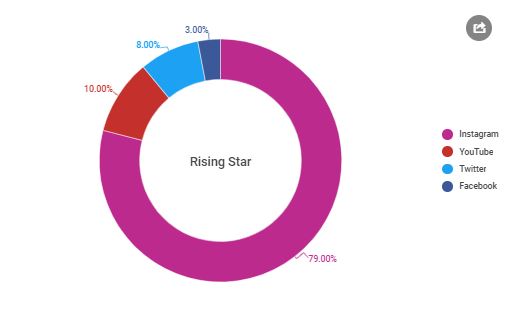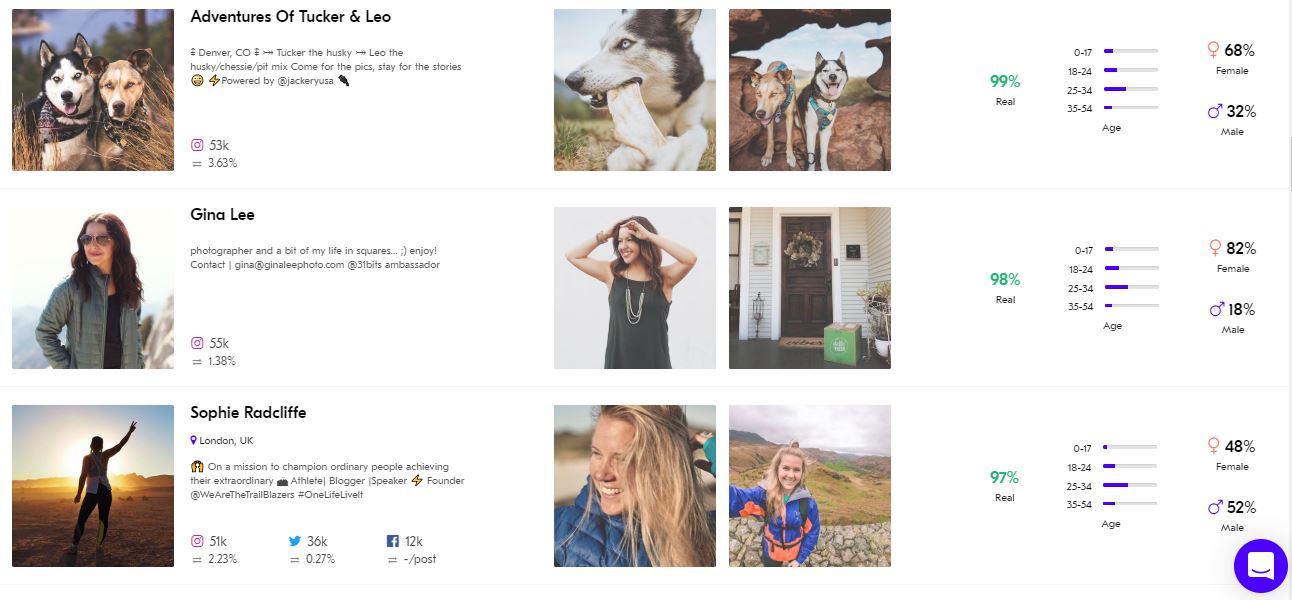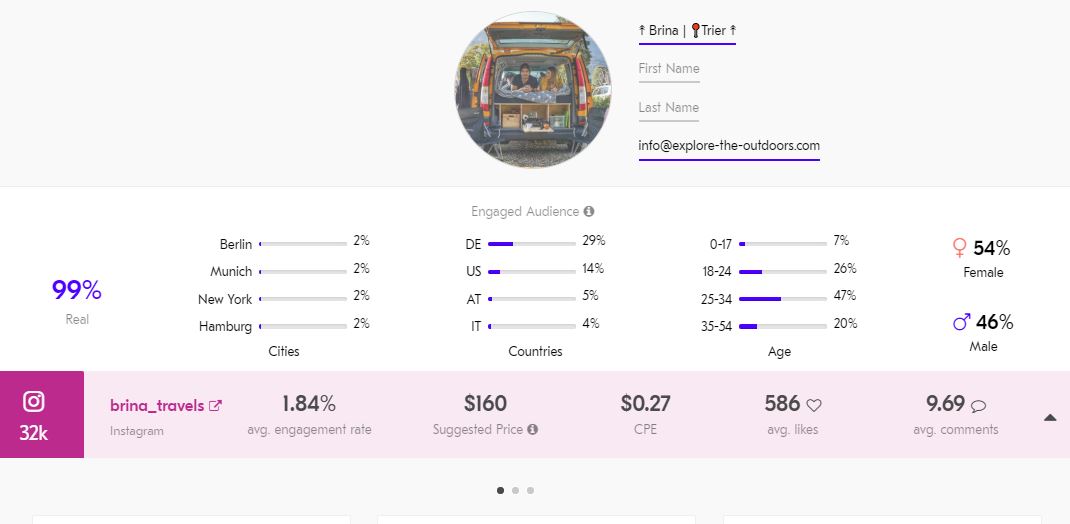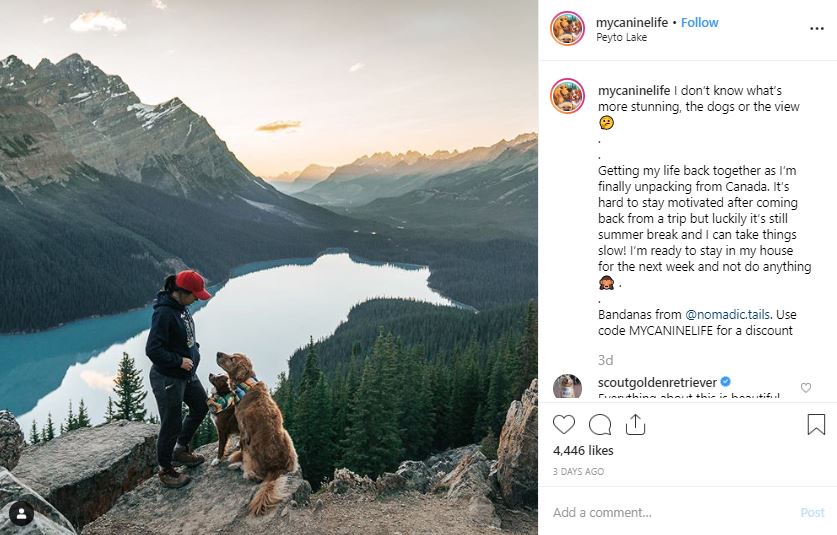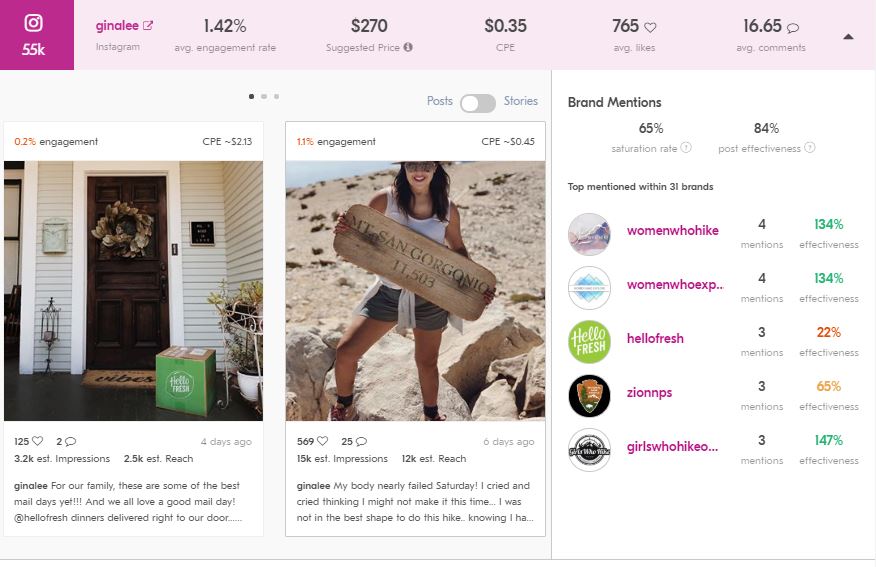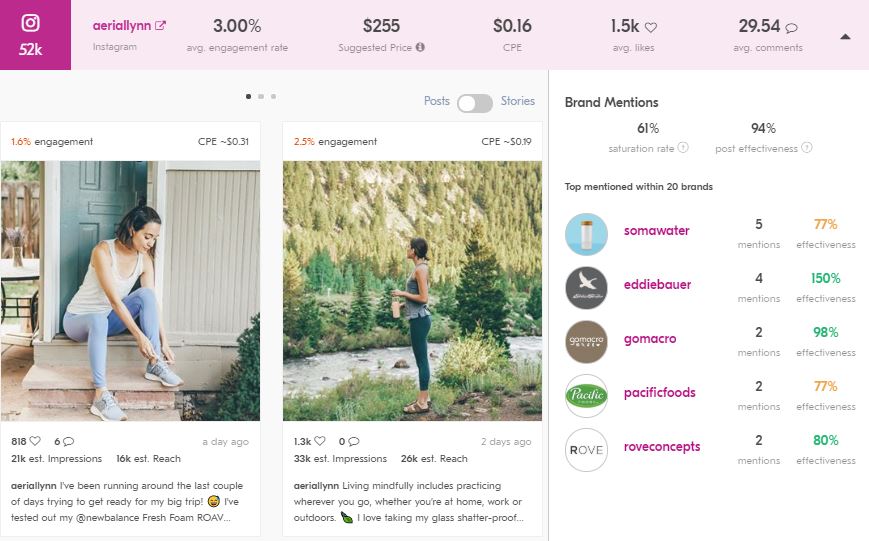This guest post features examples provided by Upfluence, the leading actor in smarter influencer marketing technology.
Knowing how to select an online influencer is a useful skill in 2019. Whether it’s for content production, increased visibility, expert reviews, or sales, influencers are a strong addition to any brand’s marketing mix.
Though, the internet is vast and you don’t want to work with just anybody. As with most freelance services, businesses should have developed criteria for partnerships.
Have you ever wondered what makes a good influencer? What if you had to pick between two influencers? How would you choose the best one?
This short guide will provide a handy checklist for recruiting influencers (not to mention, some tips and free tools!) So let’s get started:
1) Influencers That are Compatible With Your Niche
There are millions of profiles online that qualify as influential yet the quickest way to narrow your search is to focus on those that are thematically relevant to your business.
For example, imagine you’re an e-commerce company specializing in outdoor wear.
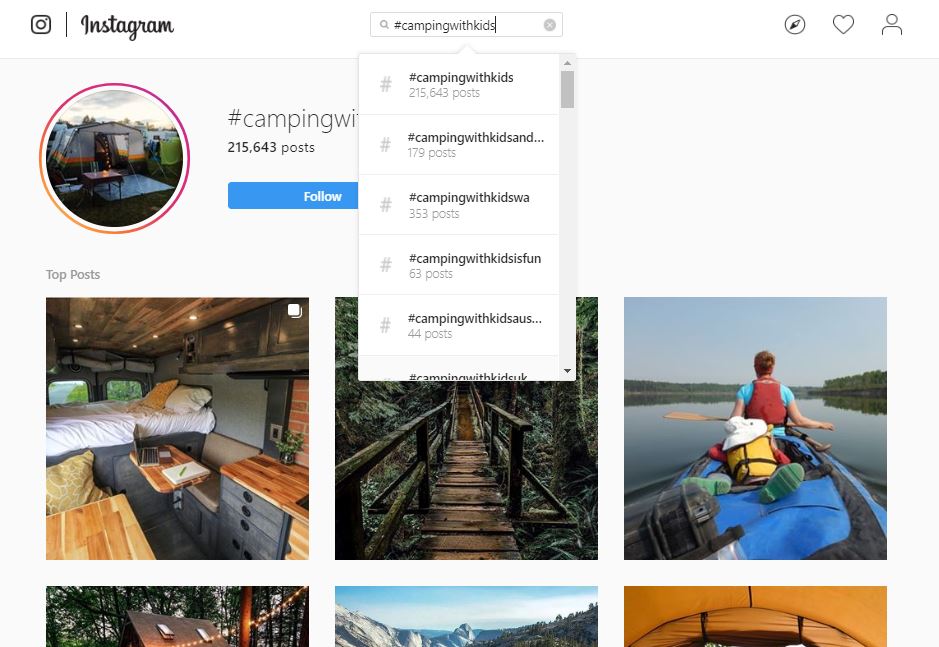 Well, you can mobilize industry-specific keywords like “adventure”, “great outdoors”, “camping”, “national parks”, etc. to find relevant influencers. Already, you’ve narrowed the search from 3M+ to 86,000 profiles (according to the Upfluence database.)
Well, you can mobilize industry-specific keywords like “adventure”, “great outdoors”, “camping”, “national parks”, etc. to find relevant influencers. Already, you’ve narrowed the search from 3M+ to 86,000 profiles (according to the Upfluence database.)
Always start with niche. Why? Because community size, performance, and every other influencer characteristic is quite irrelevant if the personality does not have the ‘niche authority’ to corroborate their endorsement. You want to work with relevant profiles only.
Tip: Any influencer marketing tool or agency allows search by keyword. If you’re on a budget, just use niche-specific hashtags to find the top-performing content…The creators are most likely your influencers.
2) Choosing The Right Platform
… after deciding upon your keywords, determine which platform you want to focus on for your campaign (Instagram, YouTube, blogs, etc.)
To do so, simply ask yourself: Where are your customers most active? What type of content are you aiming for? (video, image, long-text article, etc.)
Tip: Sometimes the native platform of your audience and the influencer’s platform won’t match up. Consider the following scenario: an explainer video would be engaging but your audience is on Facebook and there aren’t many quality Facebook influencers for your niche.
Here’s a tip: Work with a talented YouTube influencer to produce the content and then boost the videos to your Facebook audience with targeted native ads.
3) Their Community Size
As you may already know, influencers come in all sizes and bigger isn’t always necessarily better.
At Upfluence, we’ve done quite a bit of research on this topic and we’ve come to the conclusion that it’s usually most strategic to work with rising stars (20k to 150k followers.)
These influencers aren’t too small (micro = poor visibility) nor too big (macro = immense followings but high price tags, scattered targeting, and personal brands that may interfere with partnerships). Of course, it all depends on your campaign goals.
Tip: develop a dedicated budget for influencers before your search. This will help you identify what size of influencer you want to target and how many you can recruit.
The majority of ‘rising star’ influencers use Instagram where they have an average ER of 2.95%. About 10% of rising stars use YouTube (avg ER is just over 1%). Twitter and Facebook aren’t winning this race. Not too many rising stars to be found on either platform and their average ER is quite sad (close to 0.5%).
4) Select Influencers With a Good Performance History
ER. What is it? Why is it important?
Engagement Rate = community size / # of interactions per post. The average ER is how many members of the audience tend to engage with the influencers posts. As you might imagine, a strong engagement rate is crucial to a successful campaign.
Two Instagram influencers with similar community sizes but different avg engagement rates.
It’s important to note that engagement rate is a variable that depends greatly on the niche (for example, what’s considered high engagement for makeup might not be the same in tech) and it should evolve.
If you’ve noticed that an influencer’s engagements progressively increase over the months, this is positive performance history. Clearly, if an influencer is on a downward spiral, it might not be the best one to pick for your campaign.
Tip: Pay attention to the quality of comments, too. Are they genuine? Are real conversations happening? Or are they just random emojis? Is it the same people commenting over and over?
5) Influencers With an Authentic Following
You don’t want to pay for engagement or community that doesn’t actually exist, because, well, fake followers don’t buy products.
Fortunately, it’s easier than ever to check for authenticity. Just try out our free plugin for chrome, go to the influencer’s profile, and you’ll be able to see how much of their audience is real or fake.
In the far left of the graphic, you’ll see that it says 99% real so this is a safe influencer to engage with in terms of authenticity.
For reference, it’s normal to have a couple of followers who are fake (bots auto-follow people to look authentic) but anything less than 91% authentic is a red flag and to be avoided.
6) Appropriate Audience (Age, Gender, Location)
When picking an influencer, strive to work with someone who can reach your target demographic.
Fortunately, these analytics are included with the free plugin shown above. It’s important to verify the audience’s analytics because, contrary to our intuition, sometimes an influencer’s location, age, and gender won’t match those of their followers (as demonstrated below.)
Example of a male influencer with an overwhelmingly female audience.
7) Quality Editorial Style
This is “big picture” thinking. When you’re looking for an influencer, you want to invest in content that will endure even after the campaign has ended.
If it comes down to two influencers with similar community sizes and engagement rates, choose the one whose content you would want to re-use in future marketing materials. Normally, this is someone who can craft a message that is engaging without being overly promotional.
Tip: when you brief the influencer on the campaign, make sure to ask for rights to the content so that you may reuse it in your marketing materials.
Most brands also include a clause which requires the influencer to keep the content visible on their page for at least a month post-campaign.
8) Look at an Influencer’s Past Partnership
Picking an influencer can be like picking an S.O. You should share values, have common goals, ensure that the relationship is mutually beneficial… Oh, and it’s totally acceptable to inquire about their prior partnerships. At Upfluence, we encourage it!
The screenshots show brand mentions for two different influencers and their efficiency.
Knowing exactly which brands influencers have collaborated with in the past and how those posts performed is essential knowledge for making an informed pick.
Consider this: it’s normal for paid posts to receive slightly less engagement than organic ones yet huge discrepancies do not bode well for your campaign. Also, influencers who post too much promotional content are bad news. We call this saturation rate. Avoid!
On the other hand, there may be influencers out there who have already mentioned your brand in their posts… we call these organic brand representatives. Naturally, they make great partners.
9) Influencers With a Holistic Presence
What’s better than one platform? Two!
Here’s an example of an influencer who has a significant blog and Instagram following.
Influencers these days can be “multi-platform”. More audience means more visibility for brands. If you’ve found an incredible influencer, chances are, they’ll have a holistic presence online.
Tip: We often recommend brands to work with influencers that have a blog in addition to a social media following as blogs provide credible backlinks to your site (ie. simple SEO hack!)
10 ) Professionalism
Last but not least, right?
Attention for professionalism starts in the identification process. The truth is, you won’t have to worry about missed deadlines or botched briefs if you pick influencers that act like professionals.
This means that their feed is absent of hurtful or damaging content, they use transparency when promoting brands, they strive to educate their followers, and they’re selective about who they work with.
Have Any More Questions About Selecting Influencers?
We hope these tips and tricks help you pick the perfect influencers. This guest post features examples provided by Upfluence, the leading actor in smarter influencer marketing technology.
Feel free to leave some comments below! Let us know how you are using influencer marketing and how it’s worked so far.



